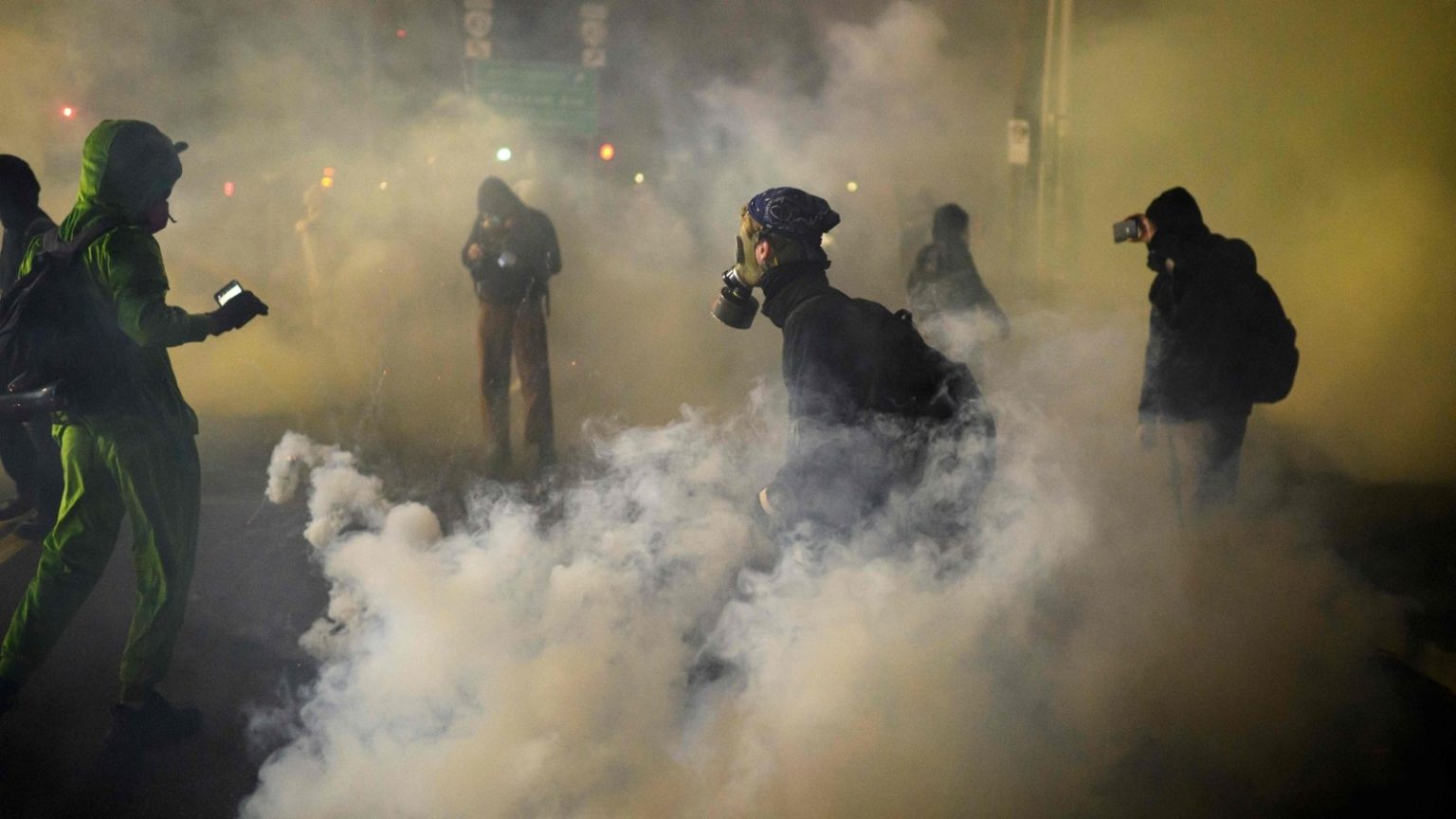Listen to the article
MSNBC Video of Boston Protest Wrongly Flagged as Misinformation by AI Tool
MSNBC became the center of a digital misinformation storm over the weekend after broadcasting footage of a massive “No Kings” protest in Boston. The controversy erupted when Elon Musk’s AI chatbot Grok incorrectly labeled the video as old footage from 2017, sparking widespread accusations that the network was deliberately misleading viewers.
The protest footage, showing aerial views of large crowds gathered at Boston Common on Saturday, was authentic. However, after Grok’s erroneous fact-check circulated widely on social media, numerous right-wing influencers amplified the claim that MSNBC was recycling old footage to exaggerate current anti-Trump sentiment.
BBC Verify journalist Shayan Sardarizadeh conducted a thorough investigation into the allegations, comparing the MSNBC footage with other local news reports from the same day. His analysis conclusively determined that the footage was genuine. Multiple reverse image searches failed to find any earlier versions of the video online, further confirming its authenticity.
The “No Kings” rally in Boston represented one of many similar demonstrations held across the United States that weekend. According to organizers, the Boston event alone drew approximately 125,000 participants, with prominent Massachusetts political figures in attendance, including Boston Mayor Michelle Wu and Senator Elizabeth Warren.
Nationwide, organizers reported nearly seven million participants across all demonstrations, potentially making it one of the largest coordinated anti-Trump protests in recent U.S. history. The scale and significance of these events naturally attracted extensive media coverage and scrutiny from across the political spectrum.
The incident highlights growing concerns about the role of artificial intelligence in fact-checking and news verification. Grok, which operates on Musk’s X platform (formerly Twitter), presented its incorrect analysis with the confidence typical of AI systems, despite lacking the contextual understanding and verification methods that human journalists employ.
“This is a perfect example of how AI systems can sometimes create misinformation rather than combat it,” said Dr. Emily Thornton, a media studies professor at Northwestern University. “Without proper human oversight, these tools can amplify false narratives at unprecedented speeds.”
The rapid spread of the false claim also demonstrates the evolving media ecosystem’s vulnerabilities. Traditional news organizations typically verify information before publication, a process that takes time. In contrast, social media platforms can propagate unverified claims instantly, creating a significant head start for misinformation.
Media ethics experts point to this incident as evidence of the continuing need for professional journalism. “Human judgment, editorial standards, and verification processes remain essential safeguards against misinformation,” explained Carlos Mendez, director of the Digital Media Ethics Center. “AI tools should complement, not replace, these fundamental journalistic practices.”
MSNBC did not immediately respond to requests for comment about the viral claims, according to Reuters. This communication gap allowed the false narrative to gain traction before being definitively debunked by independent journalists.
The episode serves as a cautionary tale about the limitations of automated fact-checking systems. While AI tools can process vast amounts of information quickly, they can also make confident assertions based on faulty pattern recognition or incomplete data sets.
For media consumers, the incident underscores the importance of seeking verification from multiple sources before accepting claims about misinformation, particularly when those claims themselves come from automated systems without transparent methodology.
As protests continue across the country and the presidential election approaches, the challenge of distinguishing authentic reporting from misinformation will likely intensify, putting additional pressure on both media organizations and the public to maintain vigilant fact-checking practices.
Verify This Yourself
Use these professional tools to fact-check and investigate claims independently
Reverse Image Search
Check if this image has been used elsewhere or in different contexts
Ask Our AI About This Claim
Get instant answers with web-powered AI analysis
Related Fact-Checks
See what other fact-checkers have said about similar claims
Want More Verification Tools?
Access our full suite of professional disinformation monitoring and investigation tools



